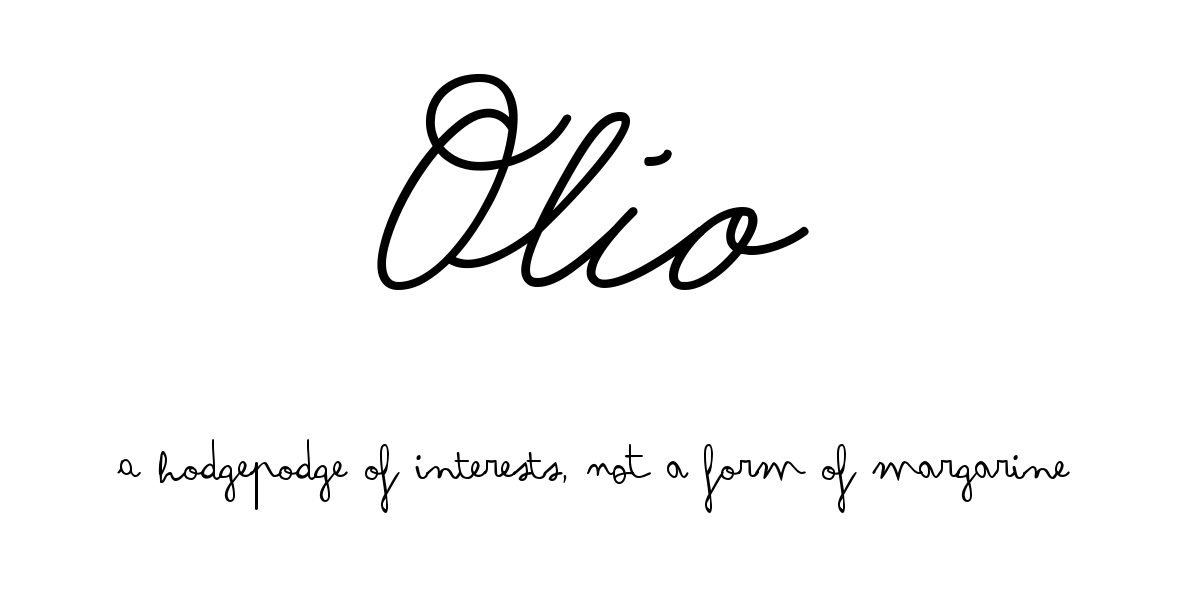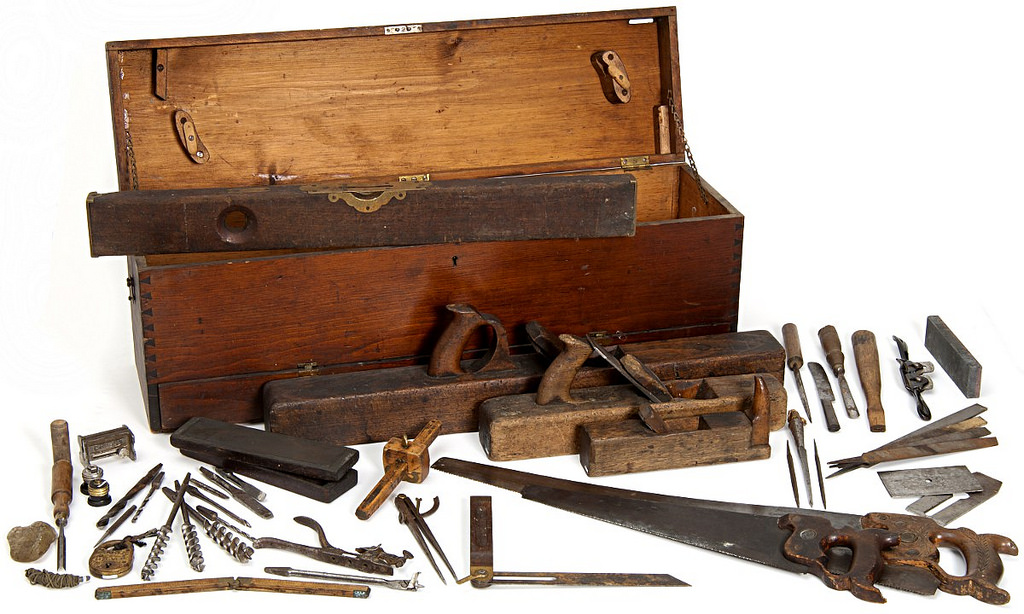Olio #17: Create Your Own Emotional Toolbox
 Note: This post is not meant to be a substitute for seeing medical or mental health providers. I am not a medical professional.
Note: This post is not meant to be a substitute for seeing medical or mental health providers. I am not a medical professional.
If you’re like many of us and sometimes need reminders to take care of yourself, especially mentally and emotionally, you might benefit from creating your own Emotional Toolbox. Perfect for those with anxiety, Asperger’s, depression, loneliness, eating disorders, and other challenges, having your own Toolbox provides you with the tools you need to help yourself through the tough times. Here are nine easy steps to having your own portable, customized, personal help.
Step One
Get a notebook, or choose your favorite digital organizational tool (Trello, OneNote, Evernote, etc.). This needs to be something where you can easily add pages or sections, and ideally something portable (or on your phone).
Step Two
In the first section, list your goals. What do you want to achieve or improve? Consider your challenges, and think of where you want to end up.
Step Three
In the second section, list your tools. Have separate pages for different kinds of tools, such as physical tools, relaxation tools, social tools, mental tools, general tools, or whatever fits your needs. These tools can include objects that help reduce stress, ways of channeling anger, drawing or writing, audio or app meditations, spending time with family or friends, positive self-talk, movie night, or making something with your hands.
Step Four
In the third section, list the unproductive feelings that you experience. Each feeling should have its own page. Examples include, “I am feeling frustrated,” “I am feeling overwhelmed,” “I am feeling alone,” and “I am feeling angry.” If applicable, you can even include, “I hate my life.” Then, on each of those pages, make a list of actions to take to combat those feelings. If you are feeling alone, call a friend or family member, or spend time with a social group. If you are feeling overwhelmed, do what works for you to put your tasks or worries in order, whether that means putting them all down on a list, or only dealing with one thing at a time. If you feel that you hate your life, identify the aspects of your life that you do enjoy, and those things and people for whom you are grateful. These are just examples, and your Toolbox should have more items than this.
Step Five
In the fourth section, include pages that list things that make you happy. What are some things that bring you happy thoughts (cat videos? funny memes?)? What are some effective self-talk sentences that help you cope? Where are the places you feel at home? With whom do you feel accepted for who you are?
Step Six
In the fifth section, turn your negative thoughts and negative self-talk around. If you feel like no one likes you, remind yourself of all the people who do actually like you. If you think you can’t do something, list ways to get help so that you can learn how to do the thing.
Step Seven
In the sixth section, include resources to help you make sense of your situation and to put your thoughts and feelings into words. There are several places online with lists of emotional vocabulary that are useful references, and this would be a good place to list the names and contact information for people or organizations who can be a support network for you.
Step Eight
Add more sections and pages within sections as you find they are helpful. Perhaps make lists of the activities that bring you joy. Or make a list of people, places, or situations to avoid, for your own sanity. Everyone’s Emotional Toolbox will be different, customized to their needs. By choosing something with removable pages, the Toolbox can grow and change with time.
Step Nine
Lastly, use the Toolbox. Take it with you when you go out. Add to it. Subtract from it. Include a section for a journal, if that’s helpful, to track how you’re doing. Use stickers if that keeps you going.
I hope my ideas help some of you out there. Keep your chin up, and hang in there. You can do this.


